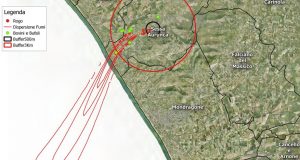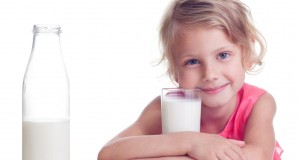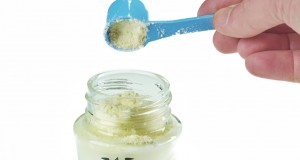Tratto da Chemosphere 2009
.
Polychlorinated dibenzo-p-dioxins (PCDDs), polychlorinated dibenzofurans (PCDFs) and certain dioxinlike polychlorinated biphenyls (dl-PCBs) are a family of chemically-related lipophilic compounds characterized by similar toxicity. Due to their properties they are universally distributed in the environment and classified as persistent organic pollutants (POPs). From most of studies carried out to evaluate human dietary intake, milk and dairy products result as a major contributors of PCDD/Fs uptake. Of course the main source of milk contamination is animal feeds. Lactating ruminants, cows included, transfer these compounds to the food chain by ingestion of contaminated vegetables or soil. Their resistance to degradation and a high lipophilicity means that PCDD/Fs and dl-PCBs may be accumulated into fat tissues from which they are transferred to milk during lactation period.
Seventy-nine cows milk samples, collected in the monitoring plan 2008, were analyzed for PCDD/Fs and dl-PCBs. Eleven milk samples were non-compliant corresponding to five breeding livestock located in Caserta province. The distribution of PCDD/Fs and dl-PCBs congeners in these samples was examined in order to determine the likely sources of dioxins. The results show that the congener profile is characterized by a prevalence of PCDFs in respect of PCDDs, that represents the typical pattern of thermal origin contamination.
.
 Osservatorio Regionale Sicurezza Alimentare Osservatorio Regionale Sicurezza Alimentare
Osservatorio Regionale Sicurezza Alimentare Osservatorio Regionale Sicurezza Alimentare


